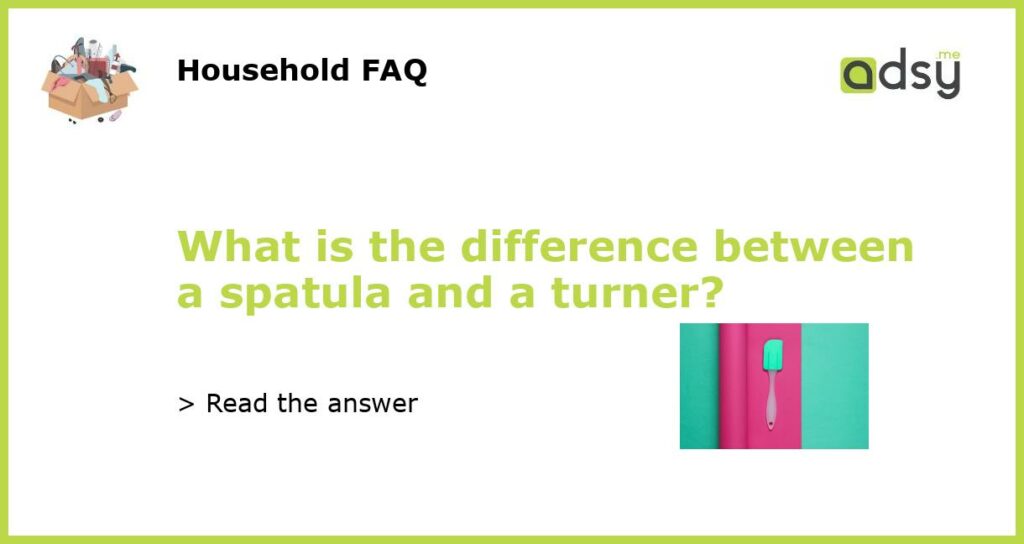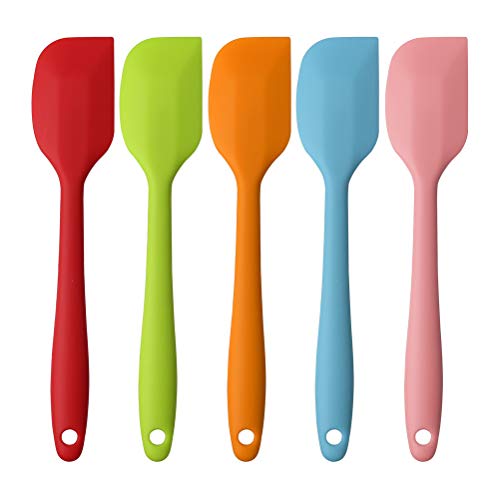The Difference Between a Spatula and a Turner
Many people use the terms “spatula” and “turner” interchangeably, but they are actually two different kitchen tools with distinct functions. While both utensils are designed to help flip and lift food, there are important differences in their shape, size, and materials. Understanding these differences can make a big difference in your cooking experience.
Spatula: Versatility and Flexibility
A spatula is a broad, flat utensil with a long handle. It is typically made of metal, silicone, or heat-resistant nylon. Spatulas are known for their versatility and flexibility. They are ideal for stirring, scraping, and folding ingredients in dishes such as pancakes, scrambled eggs, and stir-fries.
One of the key features of a spatula is its ability to bend and flex, which makes it easier to maneuver under delicate foods without damaging them. The flexible nature of a spatula allows you to easily slide it under the food and lift it up without any resistance. This is particularly useful when flipping fragile items like fish fillets or thin crepes.
Spatulas also come in different sizes. You can find small spatulas, also known as mini spatulas, which are handy for tasks that require precision, like frosting cupcakes or spreading condiments. Larger spatulas, on the other hand, are great for flipping burgers or transferring large quantities of food.
Turner: Sturdiness and Precision
A turner, also known as a flipper, is a narrow, flat utensil with a slightly curved or slanted edge. It is usually made of metal or heat-resistant nylon. Turners are designed specifically for flipping food items such as burgers, pancakes, and omelettes.
The key difference between a turner and a spatula is the sturdiness of the turner’s blade. Unlike a spatula, a turner does not bend or flex easily. This allows for better control when flipping heavier or larger items, as the sturdiness of the turner ensures that the food stays intact during the flipping process.
The precision of a turner’s edge is also worth noting. The slight curve or slant of the turner’s blade helps in sliding it under the food more smoothly. This makes it easier to precisely lift and flip the food without any breakage or sticking to the cooking surface.
Choosing the Right Tool
When deciding whether to use a spatula or a turner, consider the type of food you are cooking and the desired outcome. If you need flexibility and versatility for tasks like stirring or folding, a spatula would be your go-to tool. On the other hand, if you are mainly flipping and lifting heavier or larger items, a turner would be more suitable due to its sturdiness and precision.
Remember to also consider the material of the utensil. Silicone spatulas are heat-resistant and gentle on non-stick cookware, making them a popular choice among home cooks. Metal spatulas and turners, while not suitable for non-stick pans, are great for high-heat cooking and offer durability.
Cleaning and Maintenance
Both spatulas and turners are relatively easy to clean. Most spatulas and turners are dishwasher-safe, but it’s always a good idea to check the manufacturer’s instructions. If you’re cleaning them by hand, simply use warm, soapy water and a non-abrasive sponge or cloth.
To keep your spatulas and turners in good condition, avoid using them on high heat for extended periods, as this can cause the handles to melt or the silicone parts to warp. It’s also important to regularly inspect your utensils for any signs of wear or damage, and replace them if necessary, especially if they have sharp edges or loose handles.
By understanding the differences between a spatula and a turner, you can choose the right tool for your specific cooking needs. Whether you’re flipping delicate crepes or flipping burgers on the grill, having the right utensil will make your culinary adventures more enjoyable and efficient.






